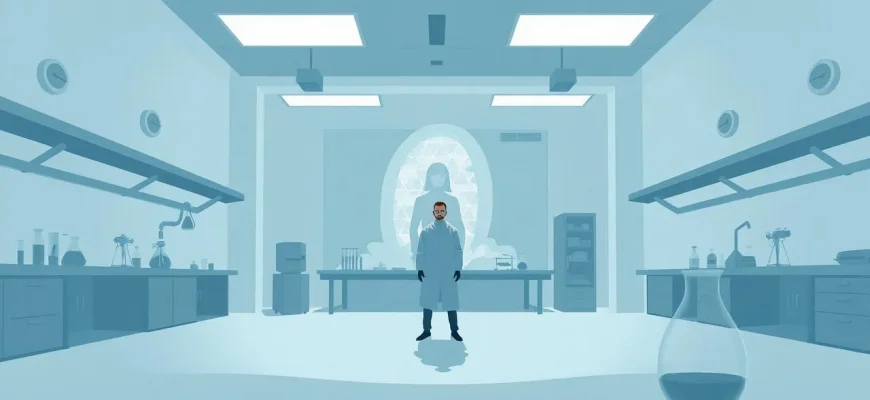Welcome to a curated list of horror films that delve into the dark side of scientific experimentation. From twisted medical procedures to mind-bending psychological tests, these movies explore the terrifying consequences when human curiosity goes too far. Whether you're a fan of classic horror or looking for something more modern, this collection promises to send shivers down your spine with its blend of science fiction and horror elements.
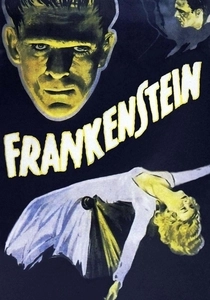
Frankenstein (1931)
Description: Dr. Frankenstein creates a living being from dead body parts, only to realize the horror of his creation. This classic film set the standard for horror movies about scientific hubris.
Fact: The film was initially banned in several countries due to its disturbing content. Boris Karloff's portrayal of the Monster became iconic.
 Watch Now
Watch Now 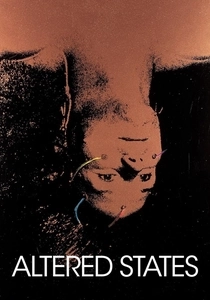
Altered States (1980)
Description: A scientist experiments with sensory deprivation tanks and hallucinogenic drugs, leading to physical and psychological transformations. This film blurs the line between science and mysticism.
Fact: The film was based on the novel by Paddy Chayefsky, who also wrote the screenplay.
 Watch Now
Watch Now 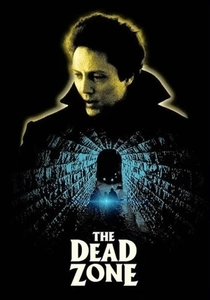
The Dead Zone (1983)
Description: After waking from a coma, a schoolteacher discovers he can see the future, leading to a series of horrifying predictions. While not strictly about experiments, it deals with the consequences of altering fate.
Fact: The film was directed by David Cronenberg and is based on a Stephen King novel.
 Watch Now
Watch Now 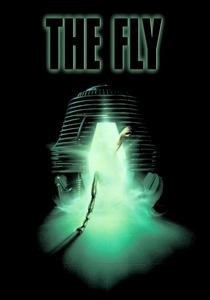
The Fly (1986)
Description: A scientist's experiment with teleportation goes horribly wrong when he merges his DNA with that of a housefly, leading to a grotesque transformation. This film is a staple in the horror genre for its disturbing body horror and ethical questions about science.
Fact: The film was directed by David Cronenberg, known for his body horror themes. The special effects, particularly the transformation scenes, were groundbreaking for their time.
 Watch Now
Watch Now 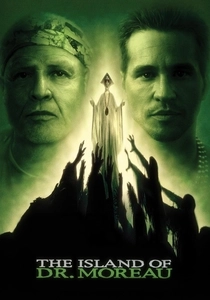
The Island of Dr. Moreau (1996)
Description: A shipwrecked man discovers an island where a scientist has been conducting experiments to create human-animal hybrids. This film explores themes of evolution, ethics, and the nature of humanity.
Fact: The film had a notoriously troubled production, with multiple directors and script changes.
 Watch Now
Watch Now 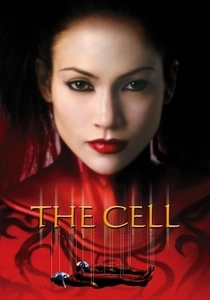
The Cell (2000)
Description: A psychologist enters the mind of a comatose serial killer to find his latest victim, exploring the dark recesses of the human psyche through experimental technology.
Fact: The film's visual effects were groundbreaking, earning it an Academy Award nomination for Best Visual Effects.
 Watch Now
Watch Now 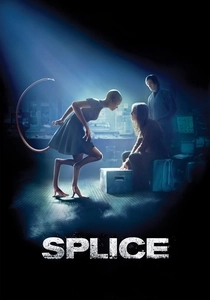
Splice (2009)
Description: Two genetic engineers splice human DNA with animal DNA to create a new organism, which grows into a creature with unexpected and dangerous traits. This film delves into the ethical dilemmas of genetic manipulation.
Fact: The creature, Dren, was portrayed by both a female and a male actor to show its transformation.
 Watch Now
Watch Now 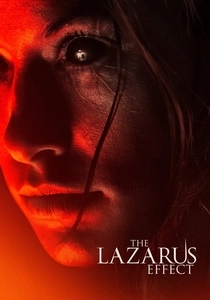
The Lazarus Effect (2015)
Description: A group of researchers bring a dead subject back to life, only to find that the resurrection has unforeseen consequences. This film explores the fear of death and the unknown.
Fact: The film was inspired by real-life experiments on reviving the dead.
 Watch Now
Watch Now 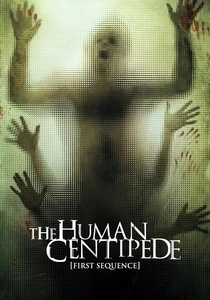
The Human Centipede (First Sequence) (2009)
Description: A mad scientist kidnaps tourists to create a "human centipede" by surgically connecting their digestive systems. This film is notorious for its shocking premise and has become a cult classic in the horror genre.
Fact: The film was inspired by a joke made by the director about the worst thing one could do to another person.
 Watch Now
Watch Now 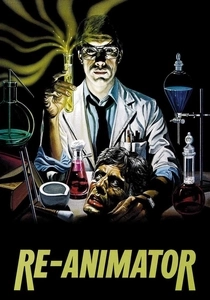
Re-Animator (1985)
Description: A medical student discovers a serum that can reanimate the dead, leading to a series of horrifying events. This film blends dark humor with gore, making it a unique entry in the experimental horror category.
Fact: The movie is based on H.P. Lovecraft's story "Herbert West–Reanimator." It was initially banned in several countries due to its graphic content.
 30 Days Free
30 Days Free 
